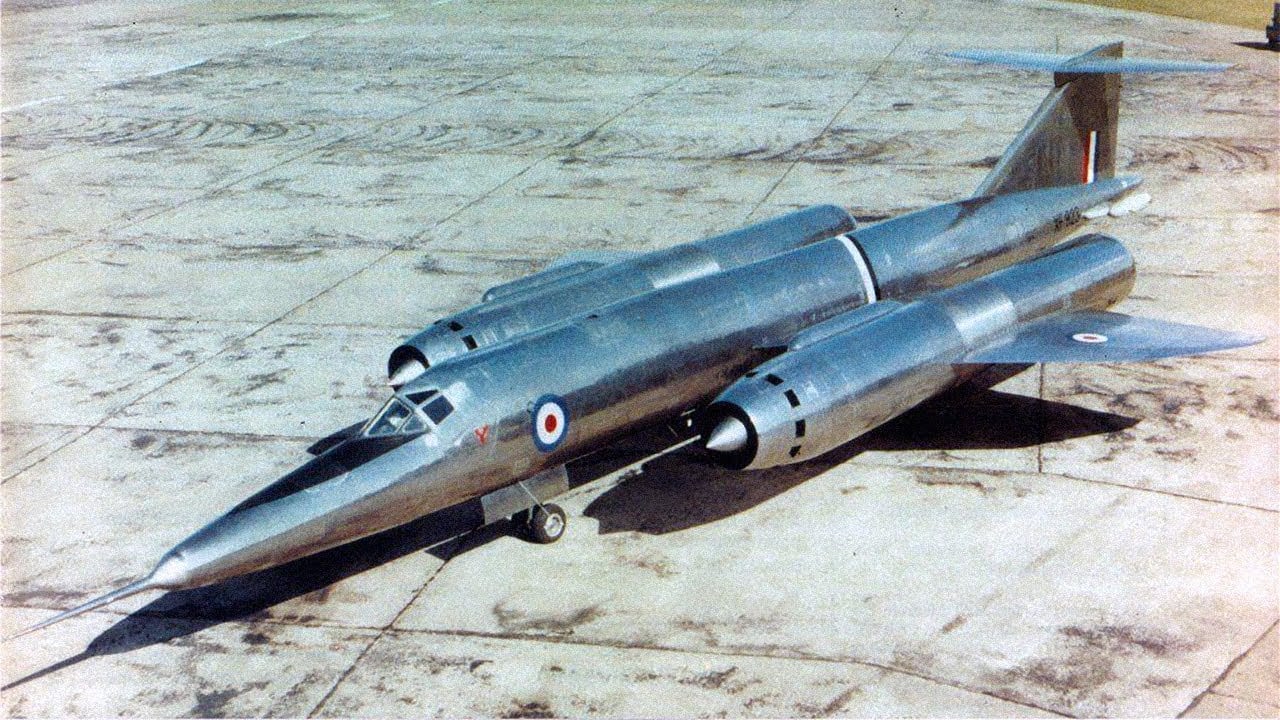The Pentagon's recent approval of a classified counter-drone strategy underscores an urgent response to the escalating threat posed by weaponized unmanned aerial systems (UAS). Defense Secretary Lloyd Austin's initiative aims to unify military efforts in safeguarding personnel and facilities against these evolving threats, which have been increasingly leveraged by adversaries like Iran-backed Houthi rebels and during the ongoing conflict in Ukraine. The strategy reflects a recognition of the need for a cohesive approach to countering the diverse and sophisticated drone attacks that have surged in frequency and complexity, necessitating a shift in military doctrine and operational readiness.
This strategy not only aligns with existing Department of Defense initiatives but also emphasizes a layered defense approach, integrating electronic warfare and kinetic capabilities to neutralize drone threats. Key components include enhancing detection and tracking capabilities, prioritizing funding for counter-UAS technology, and fostering partnerships with Congress and industry. By establishing clear metrics for progress, the Pentagon aims to create a robust framework for addressing the dynamic challenges posed by unmanned systems, setting the stage for ongoing adaptation and resilience in military operations.









